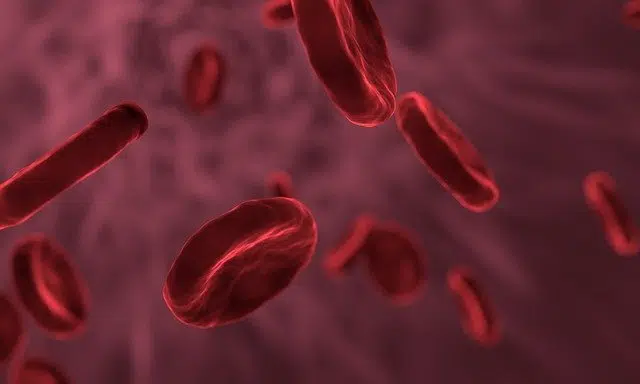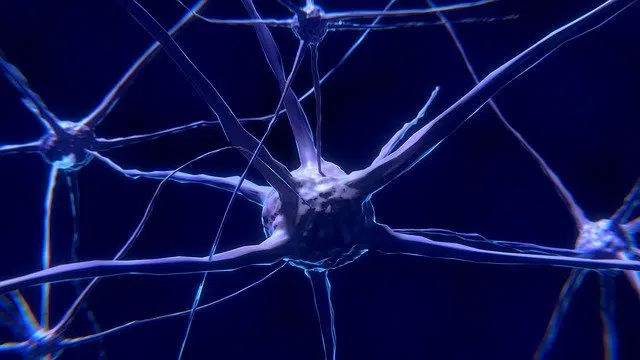
The cellular level is defined by the cells.
In order to fully understand the meaning of the term cellular level, it is necessary, first of all, to discover the etymological origin of the two words that give it shape:
-Level derives from the Provençal “level” and this, in turn, emanates from the Latin “libella”, which was used to refer to a small scale.
-Cellular, for its part, comes from the Latin “celullaris”, which can be translated as “relative to cells” and which is the result of the sum of the following lexical components: the noun “cellula”, which means “small cell” , and the suffix “-alis”, which is used to indicate “relative to”.
The organization of life
Life is organized in different degrees of complexity or hierarchy, known as levels of organization . These structures are studied by different areas of biology.
Specifically, it is established that the levels of organization of matter are the following: atomic, molecular, organular, cellular, tissue, organs, organ system, organism, population, community, ecosystem, biome and biosphere.
What is the cellular level
The level composed of cells is called the cellular level . A cell, meanwhile, is the smallest structural and functional unit that can reproduce independently in a living being.
The cells are usually microscopic. They have a nucleus and a cytoplasm that are surrounded by a membrane .

Neurons are nerve cells that act at the cellular level of the organism.
Cell types
No less important is to know that cells can be of two types:
-Eukaryotic cells, which are identified by the fact that their DNA is inside a nucleus, separated from the rest of their structure.
-Prokaryotic cells, which are those that do not have a nucleus. This circumstance means that the aforementioned DNA is found in the so-called nucleoid. This is not a structure as such but rather a part of what is the cytoplasm or cell body.
The cellular level in a pyramid
If we place the different levels of organization in a pyramid, the cellular level would be above the subatomic particles , atoms and molecules , which are not considered “living.” Immediately above you would have the tissues .
It can be said that a cell is made up of molecules, which are groups of atoms (in turn composed of subatomic particles). The cells, for their part, are organized into tissues , which constitute the organs . Some examples of what the cellular level is can be both the so-called pulmonary alveoli and also the epithelial cells that are found lining the blood vessels.
From the cellular level, in short, you can go up: continuing with the increase in the complexity of each element, the organs are grouped into systems , which make up the organisms . These organisms can gather in populations , which give rise to communities . Those communities that are in the same physical environment create an ecosystem . The set of ecosystems, finally, is called the biosphere .
It is important to highlight that metabolism develops at the cellular level. This process allows the degradation and synthesis of substances that the body takes advantage of or uses in various ways. All living beings , of any kingdom, are made up of cells that fulfill these types of functions.
